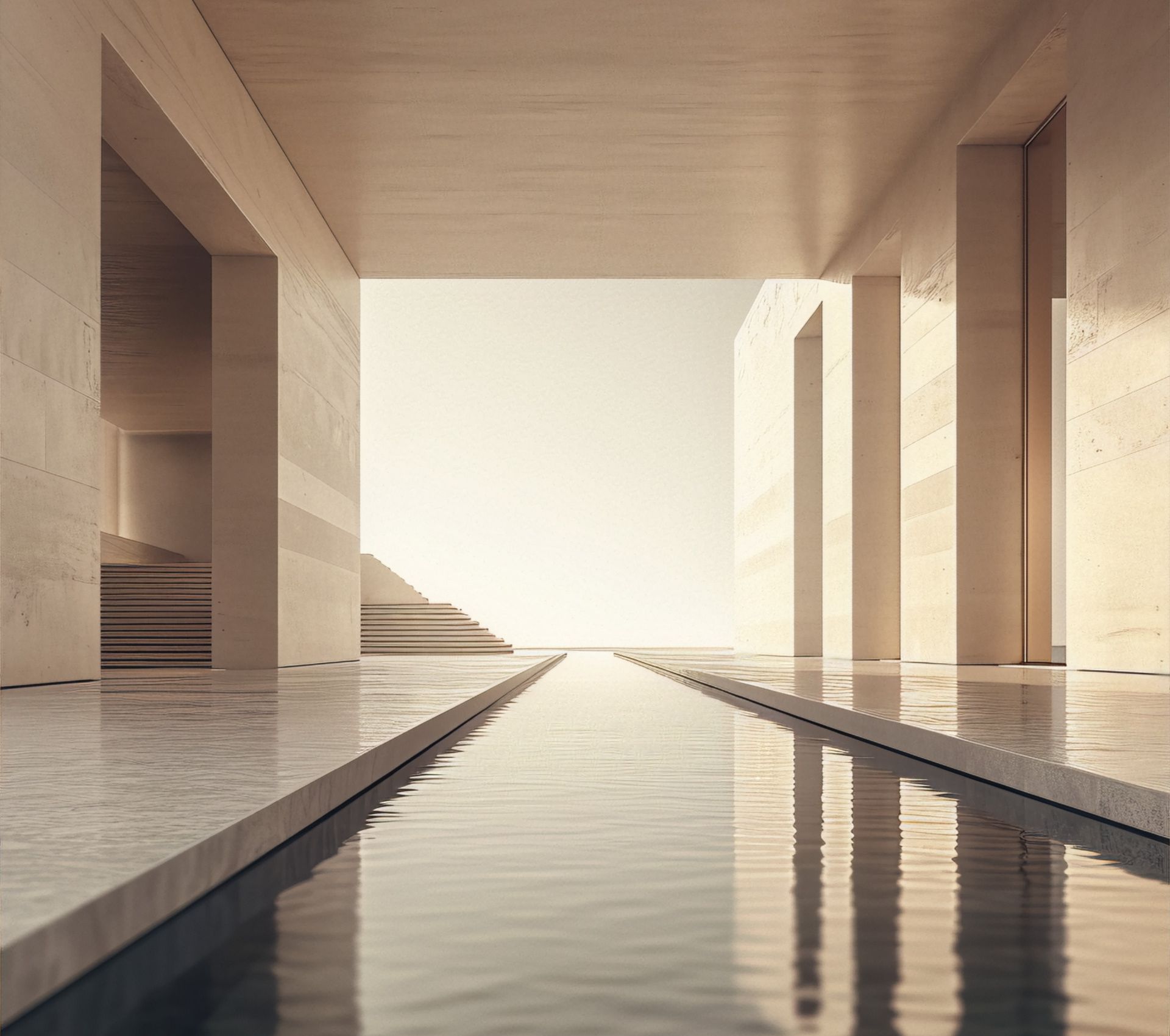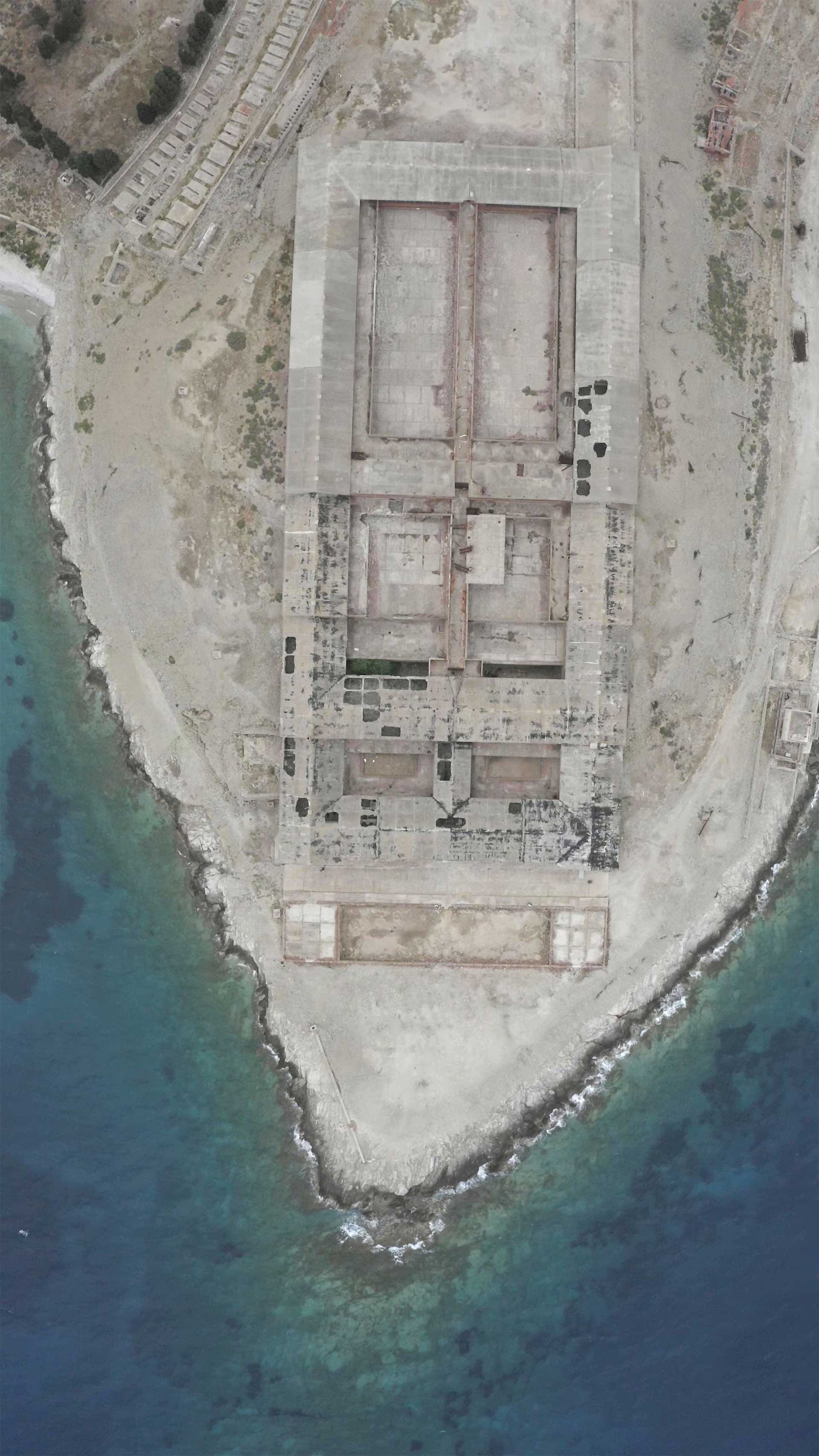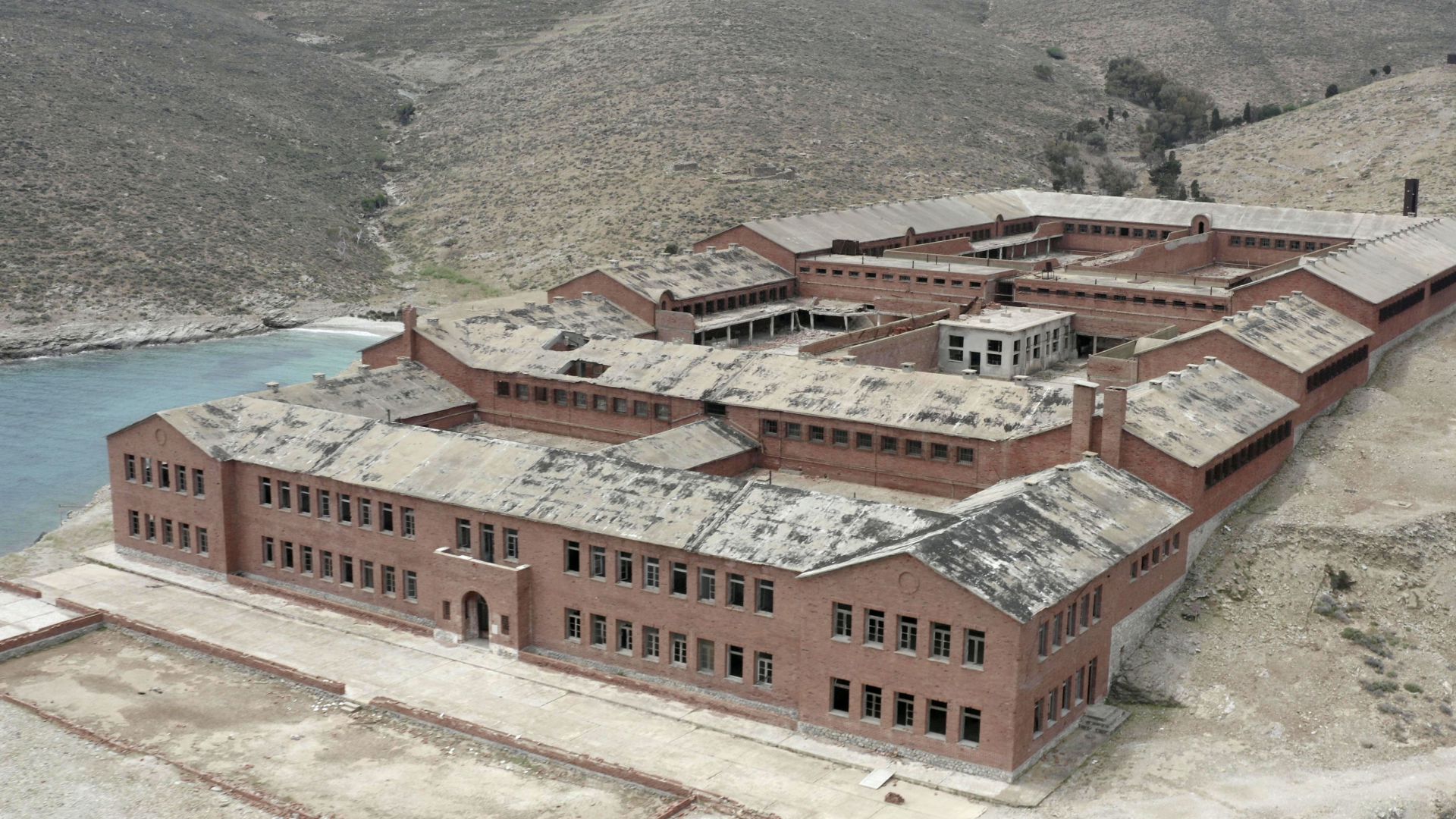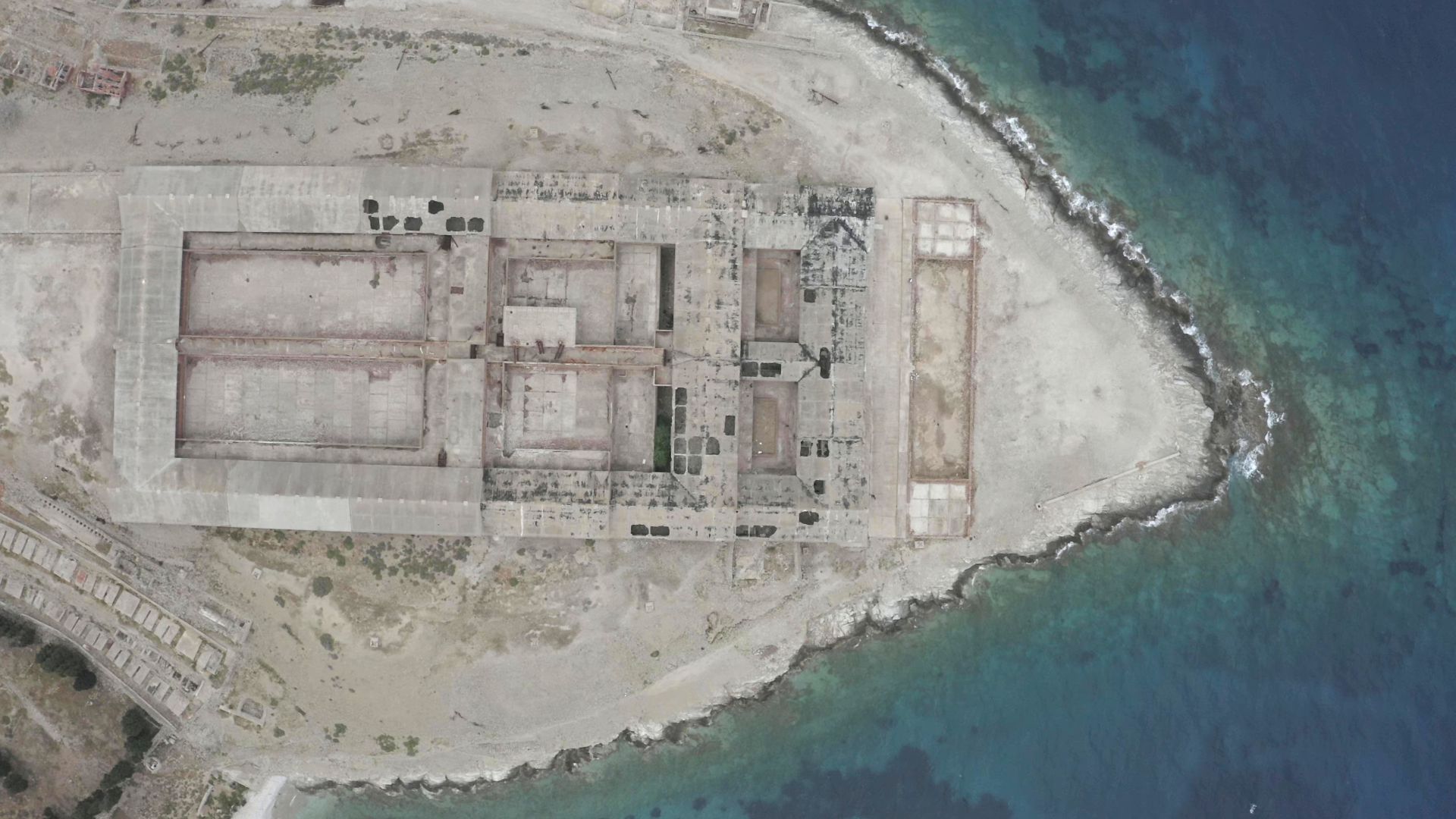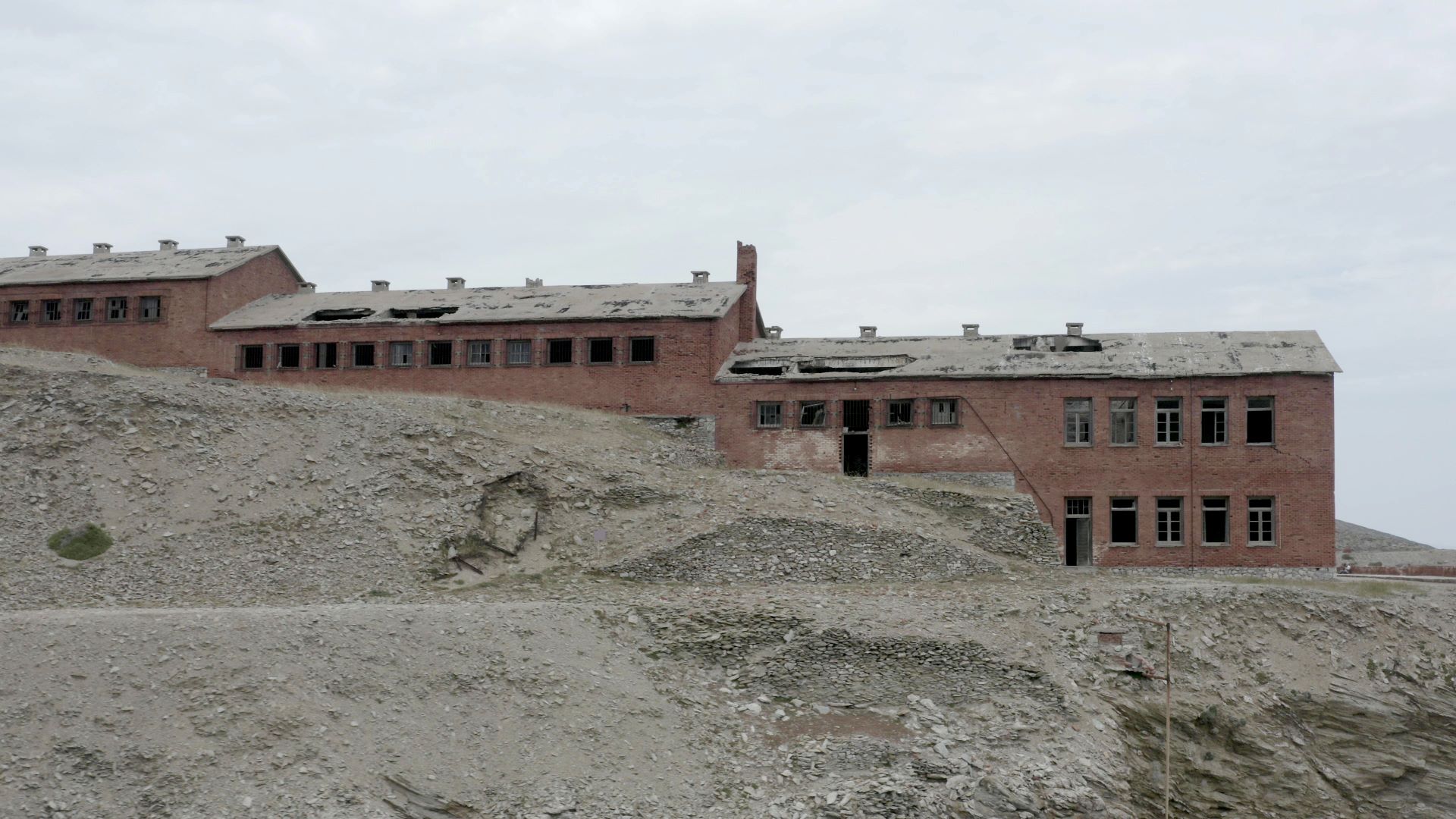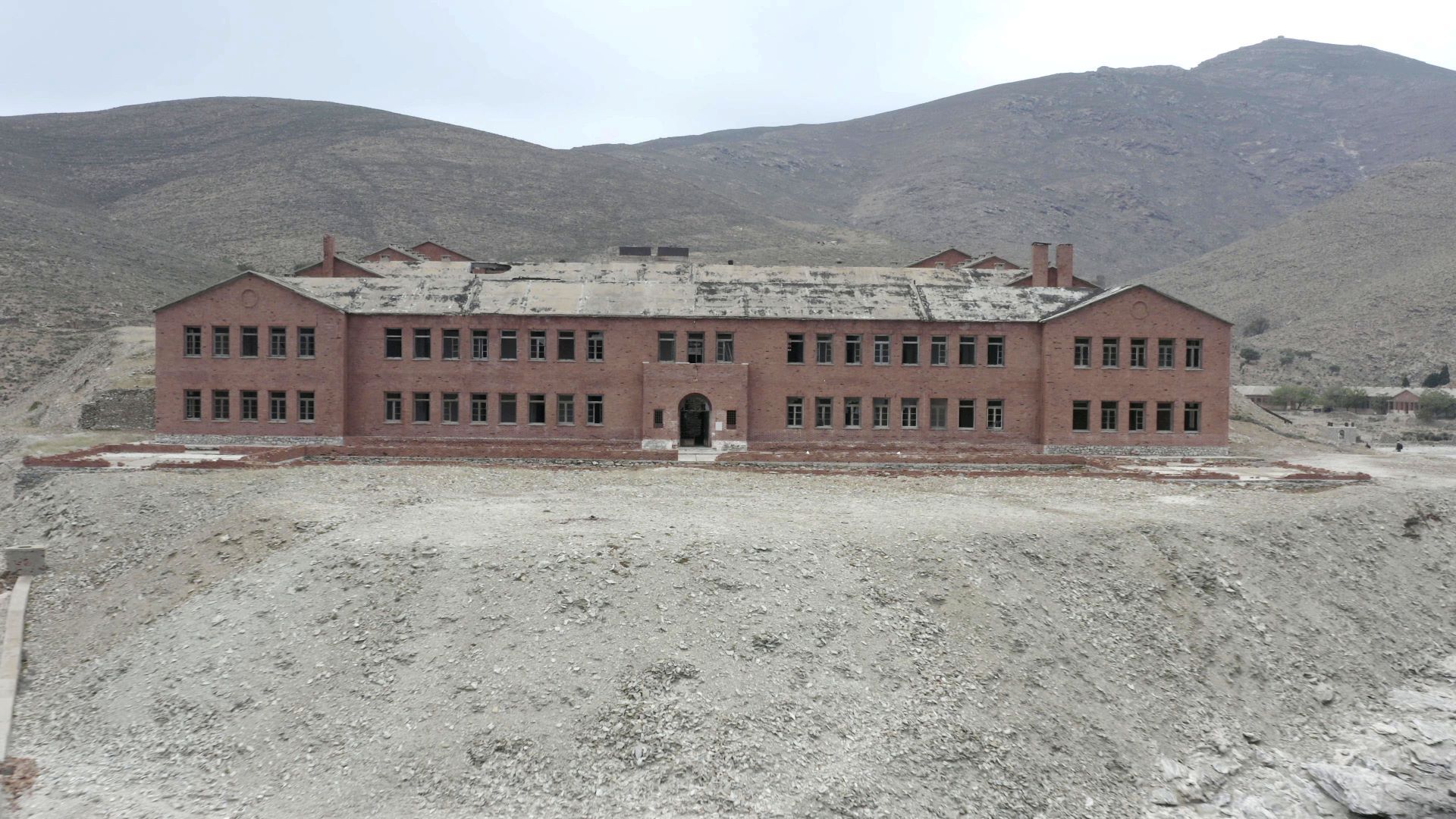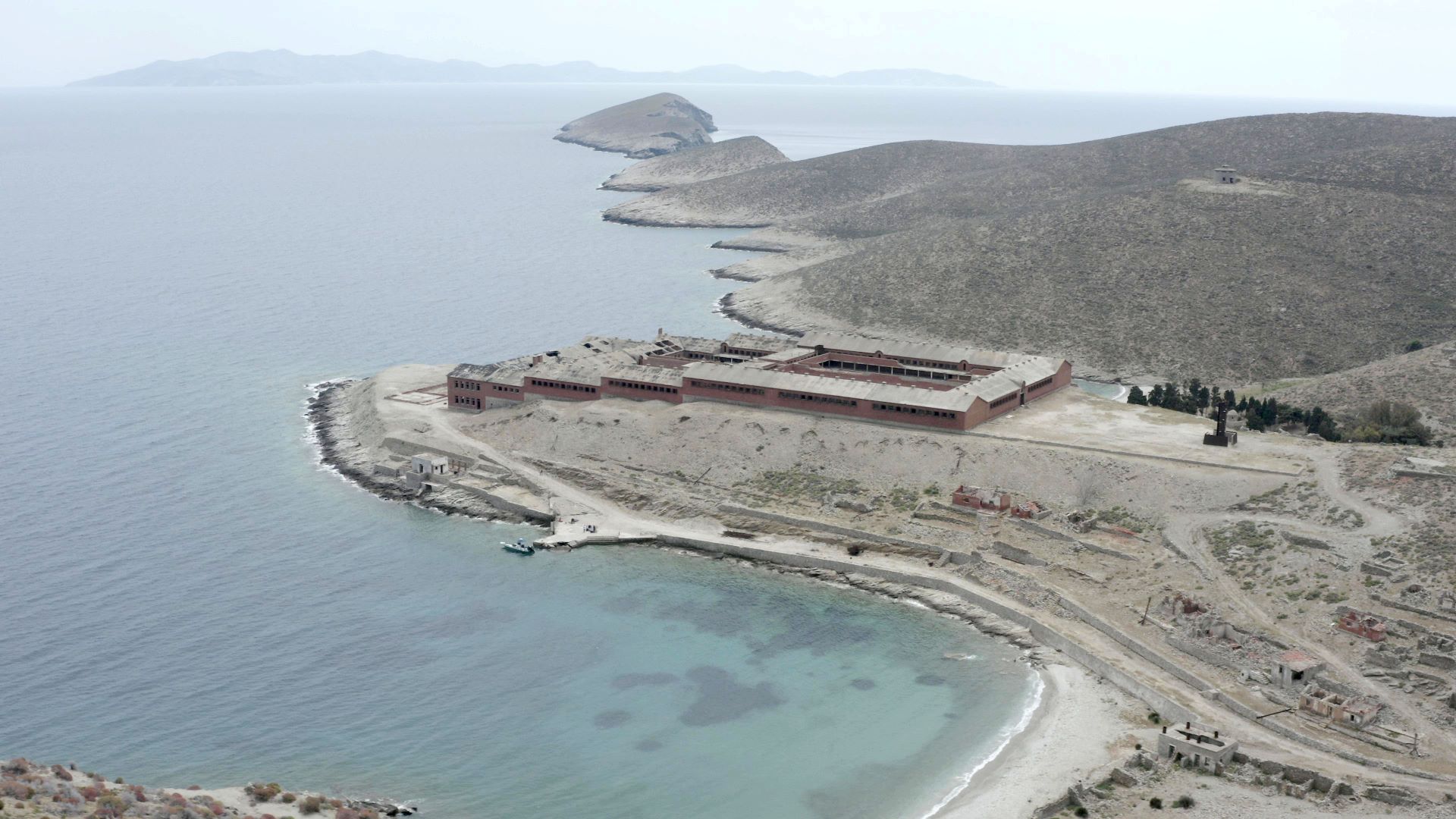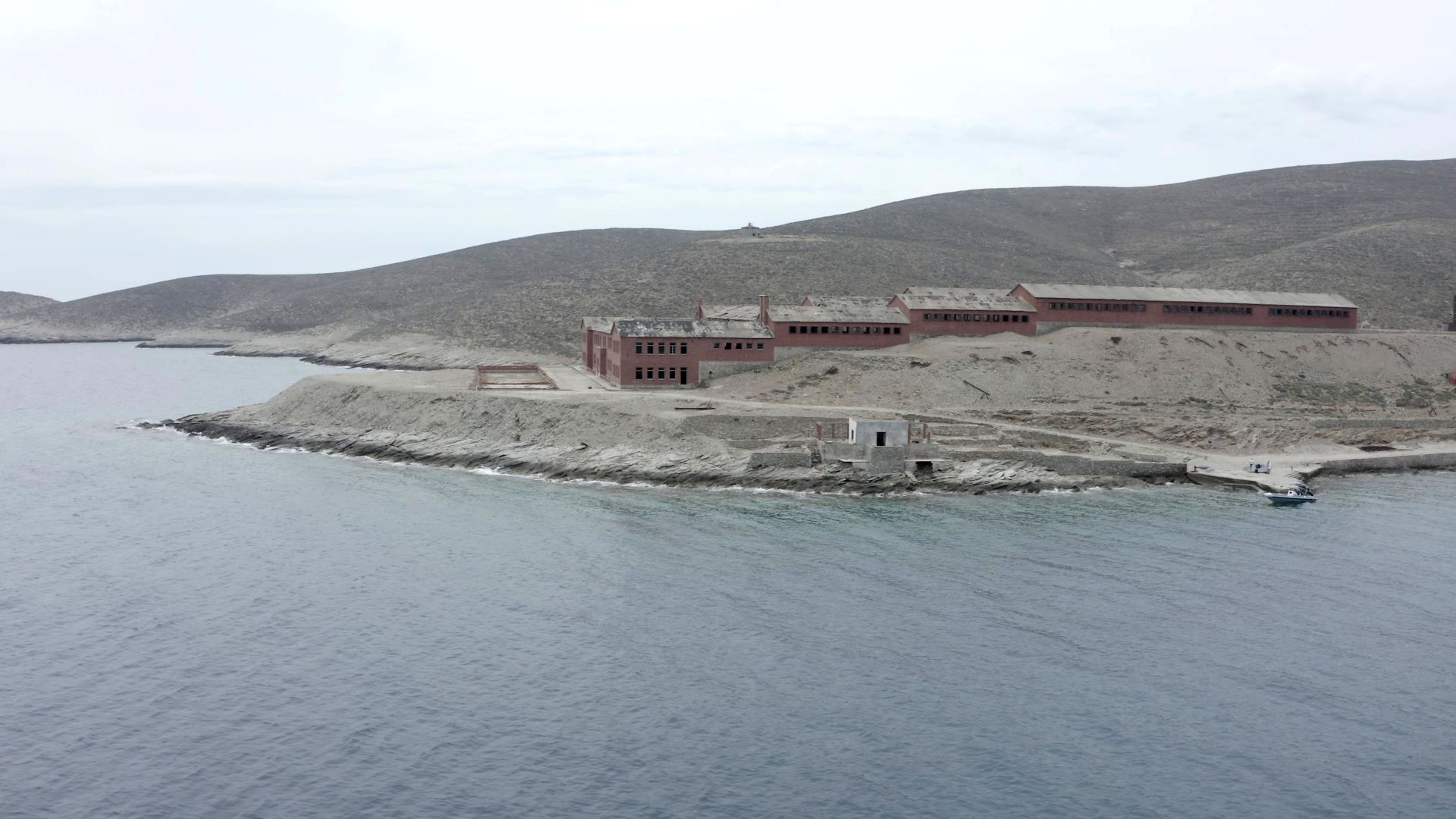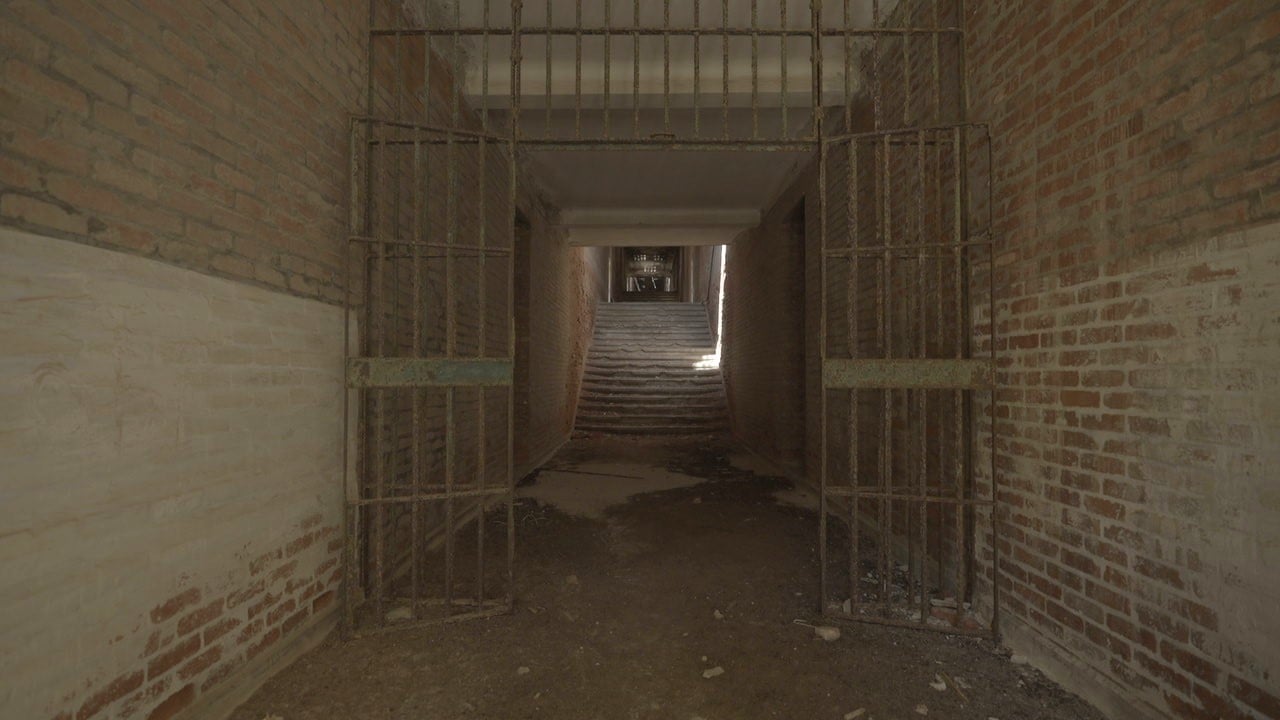
Echoes of exile
Three political prisoners, Irene Missiou, Andreas Markou, and Nikos Manios, recount their traumatic experiences on the exile island of Gyaros during the dark period of the Greek Junta. Their stories highlight the severe hardships they endured, strengthening historical memory with their invaluable testimonies. Through their narrations, they teach us perseverance and convey a timeless message of human rights, freedom, and democracy.
More information
The island’s identity
Historical memory & ecological aspect
A place of exile
Already in Roman times, Gyaros became a place of exile and displacement. People considered dangerous to the emperors of the day were sent here. This would become its identity throughout the centuries.
After World War II, during the Greek Civil War, thousands of political prisoners, mostly Communists, were deported to Gyaros. In 1947, thousands of prisoners lived in tents. In 1948, the prisoners were forced to begin constructing the prison themselves. Each day, thousands of them, under extremely harsh conditions, were digging into the rock and building their prison.
During 1967 – 1974, a period when Greece was under military dictatorship (Junta), the Gyaros prison, which had been closed under international outcry in the 1950s, was reused. Thousands of dissidents were exiled there, suffering torture and living under inhumane conditions. It should be noted that during the Greek Junta period, for the first time, women were imprisoned on the island.
In 2001, the Ministry of Culture declared Gyaros a historical site in need of special state protection. The prison building and all the facilities and structures located in the five bays of the island are classified as protected monuments.
Ecological haven
Amidst the silence of this uninhabited area, nature thrives, unhindered and undisturbed by human activity. Beneath the surface of the sea, there is natural wealth. Impressive coral formations and fields of Posidonia form a magnificent underwater landscape.
Another significant fact about the island and its environmental value is that 12% of one of the most endangered mammals, the monk seal (Monachus Monachus), lives and breeds today on the beaches and caves of Gyaros. In 2011, the island was included in the European network of protected areas "Natura 2000".
Discover the series of podcasts provided by Istorima. Through intimate interviews, former political prisoners and a man who served as a military doctor on Gyaros island recount their stories of resilience, survival, and resistance. Listen in as we unveil the untold stories of courage and endurance in the face of oppression.

Lampros Vazaios narrates his experiences in the prison camps for exiled political prisoners on Gyaros and Leros, where he was stationed as a military doctor during the dictatorship.

On 21 April 1967, the day of the coup in Greece, the police knock on Rinio and Chronis Missios’s door. Chronis has escaped, but Rinio is arrested and taken first to the racetrack and then to the barren island of Gyaros with thousands of others deemed ‘dangerous’ to the dictatorship. She remains in forced exile for 3.5 years, a period that will change her as a person.

During the dictatorship, Nikos Manios joins the armed resistance organisation the ‘20th of October Movement’, planting bombs at various targets in Athens. When he is arrested, he is sent into internal exile on Gyaros.

Theodoros is fighting for his ideals in a time when this is forbidden. At the age of twenty, the betrayal of his house mate leads to him being sent into exile, together with thousands of other citizens who were persecuted during the dictatorship.

Three days before the coup of 1967, Andreas Markou, a member of the left-wing Lambrakis Youth movement, paints ‘Down with fascism’ on walls. With the imposition of the dictatorship, he is sent into internal exile on Gyaros, the barren island with the infamous prison that, today, is a symbol of commemoration.
The podcasts and the content included in them have been provided by Istorima.org & archive.istorima.org. Visit archive.istorima.org to discover more.
